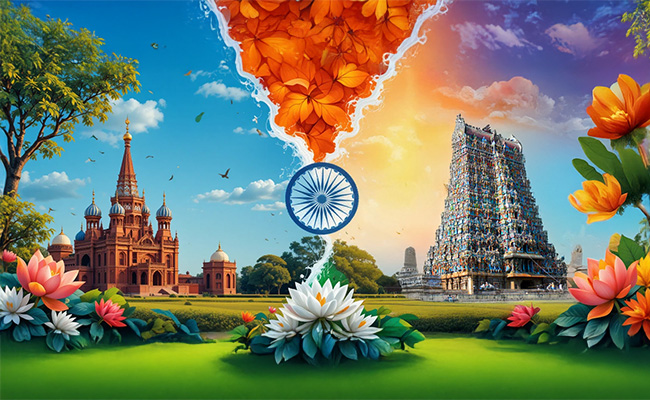




The celebration of the 225th anniversary of the «Great Karl», which began at the Russian Museum in St. Petersburg, continues at the Tretyakov Gallery in Moscow with a monographic exhibition titled «Karl Bryullov. Rome — Moscow — Petersburg». The meticulously prepared exhibition at the State Tretyakov Gallery invites visitors to explore his artistic legacy through the lens of the concept of «genius loci» (spirit of place). The Latin phrase genius loci refers to the unique atmosphere inherent in a particular location. After graduating with honors from the Academy of Arts in St. Petersburg, Karl Bryullov spent 13 years working in Rome, followed by an extended stay in Moscow, and finally, six years painting the ceiling of St. Isaac's Cathedral in St. Petersburg. By immersing himself in different places and their unique spirit, the artist enriched his inner world, gaining new knowledge and experience. The curators of the Moscow exhibition examine how the geographical setting, distinctive urban environments, and climates of the three metropolises—Rome, Moscow, and St. Petersburg—shaped Bryullov’s artistic development. They also seek to uncover the magical essence of each city and where the painter found his own «place of power».
Karl Bryullov is a universe unto himself. Some will be convinced of this anew, while others will discover it for the first time by examining the artist’s graphic works and caricatures, his uninhabited watercolor landscapes and formal oil portraits, the magnificent «The Horsewoman», and, of course, the monumental masterpiece «The Last Day of Pompeii», which brought Bryullov fame across Europe—a work without which the Moscow exhibition would be incomplete. In total, 170 works have been gathered from 17 museums across Russia and Armenia, as well as from private collections.
The Moscow exhibition presents entire galleries of portraits. Displayed in the dimly lit halls against black corrugated panels mimicking the fluted pilasters of Roman columns, they create a striking effect.

The life and work of the master have been studied from many angles. Bryullov, who possessed a fiery creative temperament, was not in the habit of completing his projects. The artist always worked on multiple pieces simultaneously and once admitted, «The process of painting bores me.» This aspect of Bryullov’s character is explored in a dedicated section of the Tretyakov exhibition titled «The Master of the Unfinished Painting». «To capture the best in a face and ennoble it—that is the true task of a portraitist,» Bryullov once described his method.
His work on the dome of St. Isaac’s Cathedral in St. Petersburg became the master’s swan song and, at the same time, one of the symbols of the imperial capital. Bryullov’s oil paintings in the cathedral—the principal church of the Russian Orthodox Church at the time—are distinguished by their vibrant color palette and emotionally charged depictions of Russian prophets and saints. This helped elevate Russian religious art to new heights of grandeur.
Among Bryullov’s contemporaries and friends, who gathered at soirées and inspired him, were literary geniuses Alexander Pushkin and Nikolai Gogol, as well as prominent art critics Vissarion Belinsky and Vladimir Stasov. The soul of this circle was the «triple constellation» of artist Karl Bryullov, writer Nestor Kukolnik, and composer Mikhail Glinka. Each expressed themselves in accordance with their talents. Bryullov never missed an opportunity to sketch his guests with pen or pencil, either to poke fun at them or to capture impressions of visiting celebrities.
The «sunset» works of the master, created in his final year, speak of the birth of a new Bryullov. Whenever his illness allowed, he wandered along the seashore, sketching from life. This was a completely different perspective—that of an artist freed from constraints, one who saw the world without preconceived notions of beauty and realized that he could, at last, create freely. This is what the Tretyakov Gallery’s exhibition conveys, tracing the trajectory of Bryullov’s remarkable and complex life.